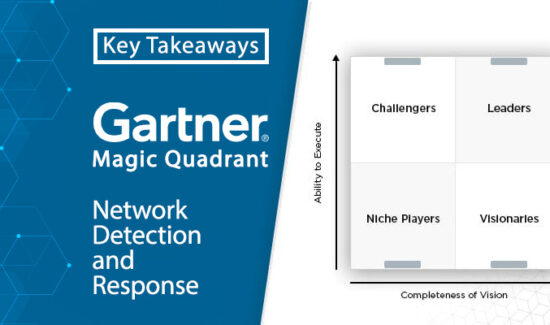8 NetOps Best Practices to Consider


The editors at Solutions Review map out some NetOps best practices every enterprise should consider in their network security strategies.
NetOps, short for Network Operations, is a comprehensive approach to managing, optimizing, and securing a company’s network infrastructure. It encompasses a variety of tasks, including network monitoring, configuration management, performance optimization, troubleshooting, and security management. NetOps is vital for enterprises as it ensures the efficient functioning of their network infrastructure, which is the backbone of modern businesses. By effectively managing networks, enterprises can provide high availability, reliability, and performance of their IT systems, which in turn enables seamless communication, collaboration, and data transfer among employees, customers, and partners.
In addition, NetOps plays a crucial role in optimizing network performance by analyzing traffic patterns, identifying bottlenecks, and implementing solutions to improve efficiency and throughput. By fine-tuning network parameters and deploying advanced technologies like Quality of Service (QoS) and traffic shaping, enterprises can prioritize critical applications, allocate bandwidth effectively, and deliver a better user experience. Furthermore, NetOps encompasses security management, where measures such as firewalls, intrusion detection/prevention systems, and encryption are implemented to safeguard the network against cyber threats and unauthorized access.
8 NetOps Best Practices to Consider
Let’s take a look at some NetOps best practices your NOC or IT team should consider:
- Comprehensive Network Monitoring: Implement robust network monitoring tools to continuously track the performance and health of network devices, servers, applications, and services. Monitor key metrics such as bandwidth utilization, latency, packet loss, and device uptime. Use alerts and notifications to detect and respond to network issues promptly.
- Standardized Configuration Management: Establish standardized network configurations for devices such as routers, switches, and firewalls. Use configuration management tools to automate configuration deployment, enforce consistency, and ensure compliance with industry standards and best practices. Regularly audit configurations to identify deviations and security vulnerabilities.
- Proactive Performance Optimization: Analyze network traffic patterns and performance metrics to identify areas for optimization. Implement technologies such as Quality of Service (QoS), traffic shaping, and load balancing to prioritize critical applications, allocate bandwidth effectively, and improve overall network performance. Conduct regular capacity planning to anticipate future growth and scale network resources accordingly.
- Automation and Orchestration: Leverage automation and orchestration tools to streamline routine network tasks and workflows. Automate configuration changes, software updates, and repetitive troubleshooting procedures to reduce manual errors, save time, and increase operational efficiency. Adopt DevOps principles to integrate network operations with software development and deployment processes.
- Security Management and Compliance: Implement a multi-layered security strategy to protect the network against cyber threats and unauthorized access. Deploy firewalls, intrusion detection/prevention systems (IDS/IPS), antivirus software, and encryption protocols to safeguard sensitive data and critical infrastructure components. Regularly assess and remediate security vulnerabilities to maintain compliance with industry regulations and standards.
- Continuous Monitoring and Incident Response: Establish a comprehensive incident response plan to effectively address security incidents, network outages, and performance degradation. Monitor network traffic for signs of malicious activity, anomalous behavior, and security breaches. Develop incident response procedures, including escalation paths, communication protocols, and forensic investigation techniques, to minimize the impact of security incidents and restore normal operations quickly.
- Collaboration and Knowledge Sharing: Foster collaboration and knowledge sharing among network operations teams, IT departments, and other stakeholders. Establish communication channels, such as collaboration platforms and knowledge bases, to facilitate information exchange, problem-solving, and decision-making. Encourage cross-training and professional development to build expertise and resilience within the NetOps team.
- Regular Performance Reviews and Optimization: Conduct regular performance reviews and audits to assess the effectiveness of NetOps practices and identify areas for improvement. Solicit feedback from end-users, stakeholders, and business units to understand their requirements and priorities. Continuously refine and optimize NetOps processes, tools, and strategies to align with evolving business needs and technological advancements.
Overall, NetOps is essential for enterprises to maintain a competitive edge in today’s digital landscape. By adopting a holistic approach to network management, enterprises can enhance productivity, reduce operational costs, mitigate risks, and adapt to evolving business requirements effectively. As businesses increasingly rely on digital technologies for their day-to-day operations, the importance of NetOps in ensuring a robust and secure network infrastructure cannot be overstated.
By adhering to these NetOps best practices, enterprises can enhance the reliability, performance, and security of their network infrastructure, enabling them to achieve their business objectives efficiently and effectively.
This article was AI-generated by ChatGPT and edited by Solutions Review editors.



















